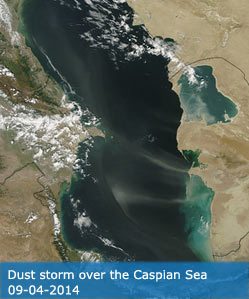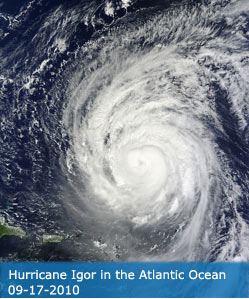Science Team
Publications
Xu, N; Dang, GF; Yang, T; Zhang, K; Zhen, BQ; Wang, LM; Hu, J (2024). Spatial and Temporal Patterns of Vegetation Water Use Efficiency and Its Response to Climatic and Environmental Factors in Gansu Province. SUSTAINABILITY, 16(19), 8578.
Abstract
Vegetation water use efficiency (WUE) is a crucial indicator for elucidating the interconnections between the carbon and water cycles of ecosystems and for discerning the response of vegetation ecosystems to climate change. Gansu Province in northwestern China is facing significant ecological water-related challenges. However, the response of vegetation WUE to climate environmental factors in this region remains unclear. In this study, the MODIS vegetation gross primary productivity (GPP) and evapotranspiration (ET) datasets were used to calculate the vegetation WUE in Gansu Province and, combined with meteorological data, Theil-Sen median trend analysis and partial correlation analysis were used to determine the spatial and temporal characteristics of vegetation WUE in this region and its response to climate environmental factors. Finally, the random forest model was used to rank the importance of climate environmental factors. The results indicate the following: (1) The average values of vegetation WUE, GPP, and ET in Gansu Province from 2000 to 2020 were 1.46 gC
DOI:
10.3390/su16198578
ISSN:




